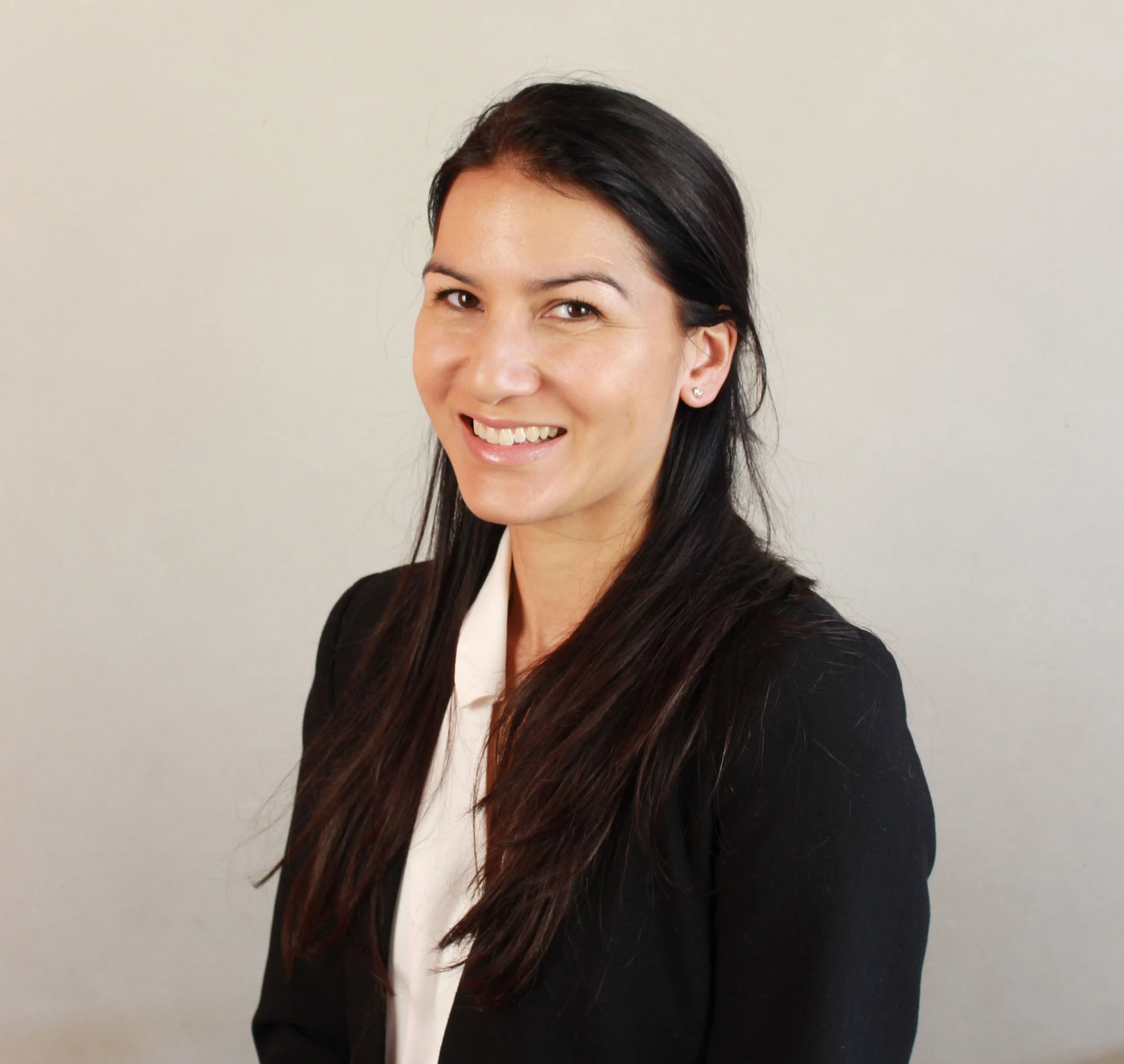 Streets and businesses in Madagascar
Streets and businesses in Madagascar
Before the advent of the digital platform Orinasa, registering a business involved multiple trips to the Economic Development Board (EDBM), Madagascar’s investment promotion agency. Officially, the process of registering a company took only four days, as measured from the moment the application was filed. But completing the application involved a lot of upstream back-and-forth, and an average of five trips to EDBM over a two-week period. Thanks to Orinasa, developed by EDBM with the recently-created digital governance unit and the World Bank-supported PRODIGY project, new businesses are being created from start to finish in eight hours on average. And for the first time, these metrics are being tracked and monitored.
As of June 2021, all forms can be submitted online. A messaging system allows users to get support in real time, clarify information, obtain feedback, and correct errors. Applicants visit EDBM once after registration is approved, to sign and pay the fee, after which the application is processed in four hours on average.
The Malagasy government is also developing a shared payment platform that will connect to Orinasa, including for mobile payments. As a shared platform, it will also be used by other public services, thereby avoiding the proliferation of multiple payment systems across government.
These results were achieved with the PRODIGY project having only been effective for nine months. Nearly 1,000 companies were created through Orinasa during that time, despite the COVID-19 crisis. We highlight four takeaways for achieving these results:
- Teams before tech
The Digital Governance Unit (DGU) brings together a diversity of expertise, from software engineers to agile product owners, user researchers, and content designers. Behind the creation of the DGU is a vision that government capacity is essential to deliver services that are faster, cheaper, and better. A government-wide training program, led by the DGU, is mainstreaming digital skills across IT units, bringing them up to speed on new technologies and ways of working.
- User-centric and agile
Having an in-house team means that digitalization can be truly agile, translating into constant and endless improvements of products. Orinasa’s roadmap (see figure below) was conceived remotely by the teams during COVID-19 using the online tool Miro, and prioritizes the functionalities to be developed to solve the user’s most pressing needs.
ORINASA PRODUCT ROADMAP
The agile approach rapidly delivered value, starting with an information website in March 2021, and progressively adding functionalities in a series of iterations. Regular testing with users informed content design and architecture, and ensured the platform offered an intuitive and pleasant experience: the key to driving uptake. “We no longer validate products once they offer desired functionalities, but rather when users are satisfied with the product”, said Manambina Vandewalle, Orinasa’s product owner. Hotjar, a tool used to monitor users’ online behavior, helps to visualize how Orinasa is used on different devices and operating systems, collect feedback, and improve the interface. This approach saves cost and time with an eye on quality user experience.
FEEDBACK COLLECTED ON HOTJAR
|
“Very nice interface, easy to use, I recommend it” Data collected from a user accessing Orinasa on a desktop, using Chrome and Microsoft Windows |

|
“Excellent office, very responsive, thank you” Data collected from a user accessing Orinasa on a tablet, using Safari and Mac OS |
- Product ownership
Having in-house capacity helps institutions understand – and be more responsive to – users of public services. EDBM leadership is involved in the design and development of Orinasa, from the discovery phase during which the challenges and opportunities were explored and further research was conducted, to the prototyping, testing with users, road mapping and beta launch. They had weekly meetings with the digital teams to follow up on progress and adapt as required. The close collaboration promoted an institutional shift of mindset and created an enabling environment for digital teams to perform, while ensuring adequate long-term staffing and budget.
- Interoperability platform
The DGU is supporting the development and expansion of an interoperability platform, based on the Estonian open-source software and ecosystem model called “X-Road”. The platform allows for rapid and secure data exchange between information systems. Data interoperability between Madagascar’s tax directorate, commerce registry, and the statistics agencies, is what allows the application to be processed in hours at most, but often minutes. As more institutions and information systems connect to it, services will become quicker, more efficient, and informed by real time data. Combined with the roll-out of a unique identifier number (UIN) under PRODIGY, it will also allow the application of the “once-only” principle to service delivery, whereby citizens provide standard information and documentation to the government only once and eliminating duplicate functional registries. This would generate significant time and cost savings for all users, on both the front and back-ends, and reduce duplications, inefficiencies, and fraudulent enrolments to various benefits.







Join the Conversation